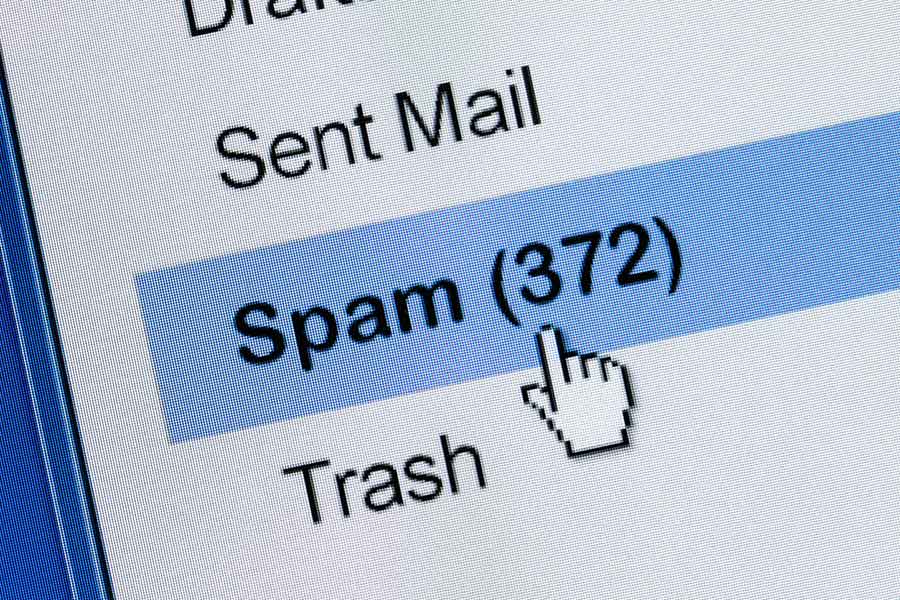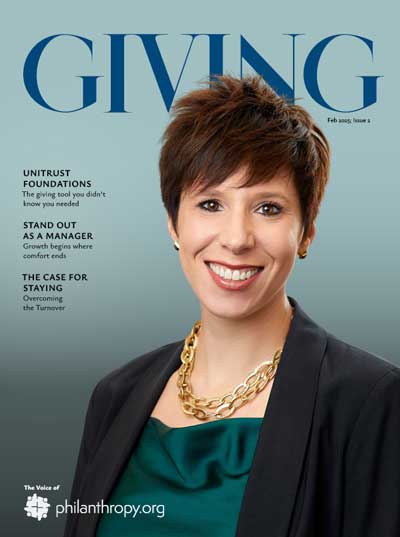“I can contact 2,000 prospects with the push of a button.”
Oh, really?
You are basically using spam for your planned giving marketing efforts.
Have you ever received so many e-mails that you simply deleted them all in self-defense? It’s a natural reaction that everyone — including your audience — can have. But as a planned giving professional it’s the last thing you want them to do.
We advocated “mass emailing” your prospects in 1999, and the planned giving community has finally caught on. It was good advice back then …
But times have changed.
In fact, some planned giving vendors advocate sending out “weekly generic emails” to prospects and financial advisers. We think this is a bad idea and even wrote an article in the Journal of Gift Planning about it).
If you insist on using e-Marketing, it’s a good idea to follow industry standards first. And it’s a good idea to also do some research.
When is an advantage not an advantage?
In marketing as elsewhere, it’s when you are promised more for your money – and you don’t really need more.
Take for example donor e-newsletters, an increasingly popular Internet product available to the planned giving industry. These newsletters are automatically mass e-mailed to your prospects on a regular basis, sometimes as often as weekly. They can feature a header and footer personalized for your program and the vendor usually provides the content.
Where’s the problem? Promotional material automatically mass mailed to a list of e-mail addresses sounds a lot like spam, doesn’t it? Especially when it’s received with mechanical frequency, and especially when they have not signed up for it. Like anyone else, your prospects are unlikely to respond to that approach. They’re more likely to reach for the delete key and tune you out. In fact, the word spam is now being redefined as “a series of emails I once gave them permission to send to me.” This is why we all read our emails with our finger on the delete key.
To make things worse, graphics like headers and footers in spam typically break, giving the email a very, very unprofessional look.
Dressing pseudo-spam up in a suit and tie and calling it a newsletter doesn’t fool anyone. Prospects aren’t dumb, and you don’t want them to be. Your most powerful arguments in favor of their giving engage their mind with persuasive content. But the content provided for e-newsletters often consists primarily of generic gift-planning and investment advice.
That comes as no surprise. Canned information has to be “cookie-cutter” generic so it can be plugged in to e-newsletters for multiple organizations. Regardless of how much information you send, your prospect, weeding through their email inbox, will notice not only that such content is being duplicated by others, but also that it’s dry and uninteresting.
And you may lose their attention. Forever.
What do do?
Here’s how we recommend using email marketing:
- First, do not trust automated e-marketing systems. Works for Dell, but not for planned giving.
- Send just 4 emails per year – no more than 6, tops.
- Let your mission drive your message.
- Give it an interesting, compelling subject line (i.e., avoid “Summer Issue 24”).
- Keep the copy short (no more than 10-20 lines). Hyperlink to longer articles on landing pages.
- Personalize each email (Dear Elizabeth; this is done with mail-merge).
- And most importantly, do not use a bulk mailer.
To set your e-marketing apart and capture your prospects’ attention, harness the special relationship your organization already enjoys with your constituents. But not by pelting them at mechanical intervals with e-mails detailing standard plan features and generic investment advice. Instead, appeal to them creatively, in a personal way, with mission-driven messaging that is short, donor-friendly, and compelling.
- Sample profit-driven message: “Give now to lock in great rates!”
- Mission-driven message: “Your special legacy to our institution enables us to further the goals that we support, together, into the future.
Which reads better? Which is more compelling? Which is more effective? Mission-driven beats profit-driven every time. Plus, your prospects see mission-driven e-communication as genuine communications – not as canned marketing-product served up by a machine. So their minds are open to receive the message it brings.
Mission-driven e-mail messaging forms an important part of our innovative Web-centric approach to planned giving marketing. This also helps avoiding pitfalls … such as sending out untimely emails during a national crisis. Something you can’t avoid if the emails were pre-planned a year ahead.
Category: Planned Giving Marketing



